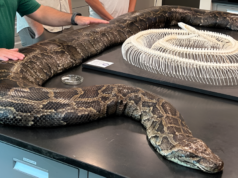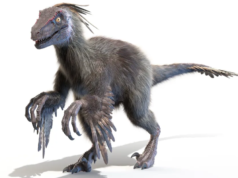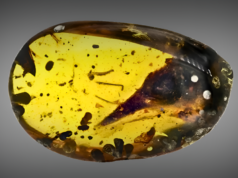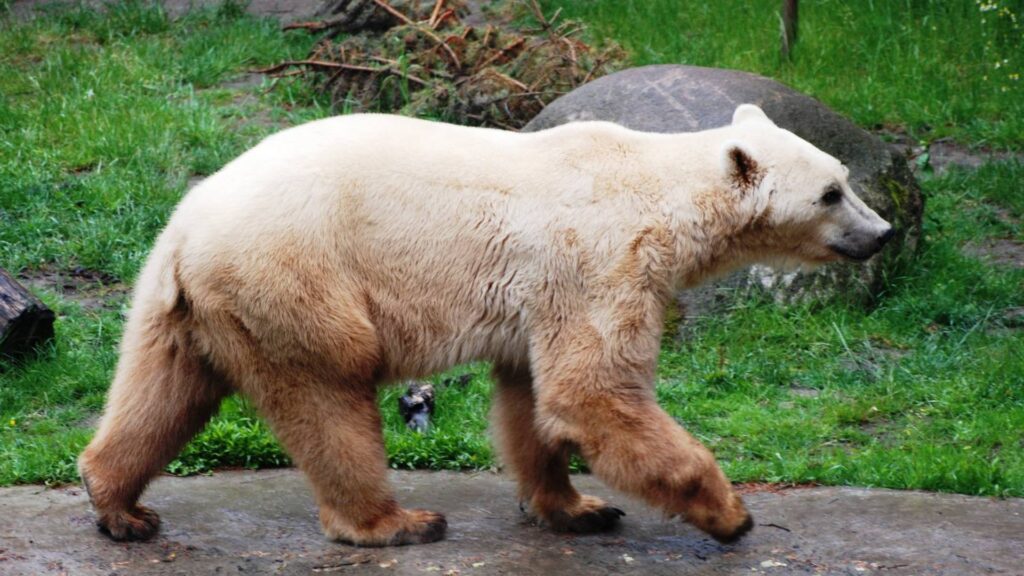
Grolar bears, also called pizzly bears, are animals that come from the result of mating polar bears and grizzly bears. This unique combination has intrigued scientists and wildlife enthusiasts alike.
An Iconic Merging Of Species
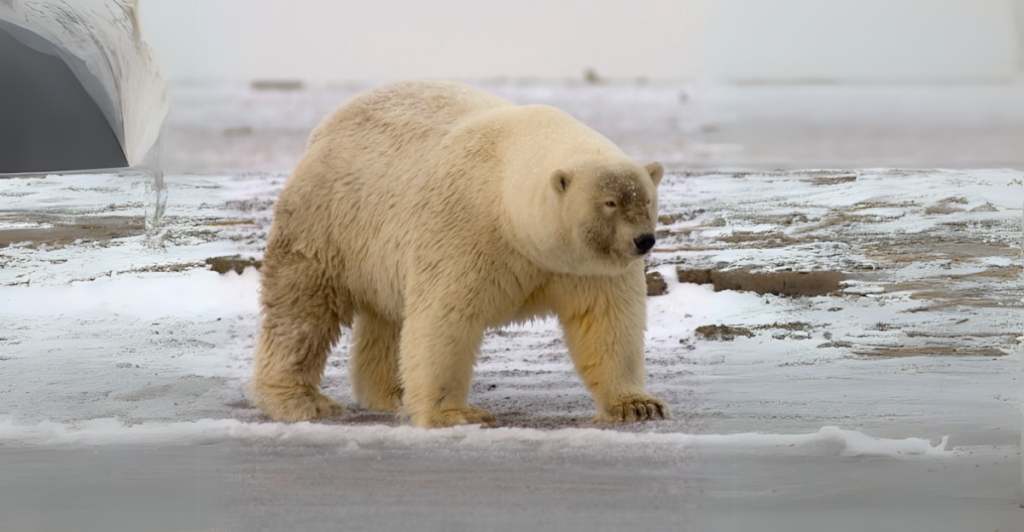
Grolar bears represent a fascinating intersection of two iconic bear species. As climate change reshapes their habitats, understanding these hybrids becomes crucial for wildlife conservation efforts. Continued research will help clarify their role in a rapidly changing ecosystem.
A Unique Genetic Background
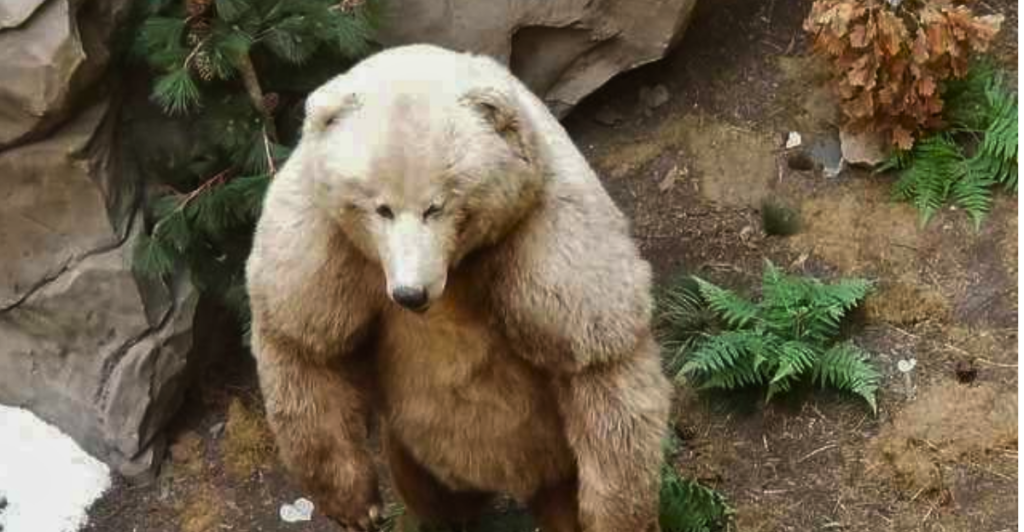
Grolar bears are a product of interbreeding between polar bears and grizzly bears. Genetic studies show that all known hybrids descend from a single polar bear mother who mated with multiple grizzly fathers. This suggests that hybridization is rare but possible under certain conditions.
Physical Characteristics
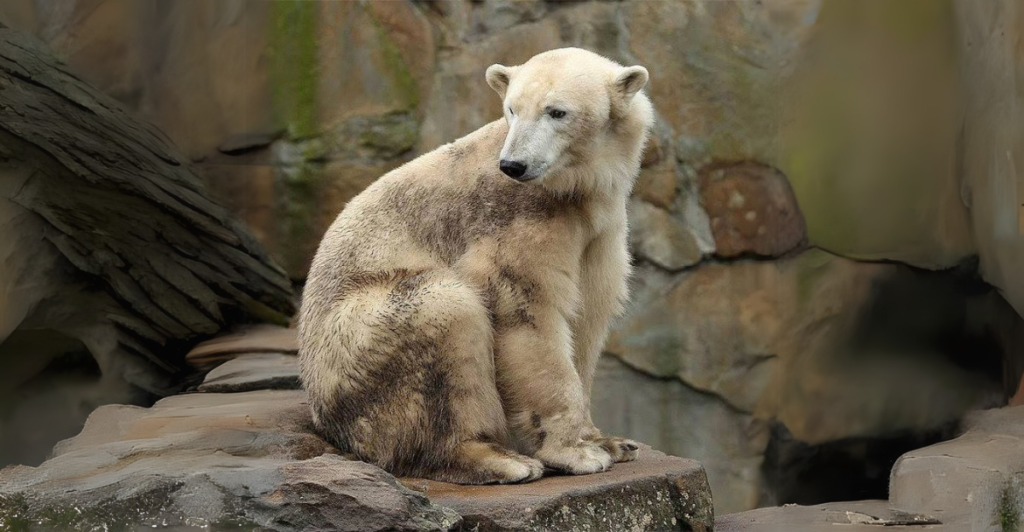
Grolar bears exhibit a mix of traits from both parent species. They are generally smaller than polar bears but larger than grizzlies. Their fur can be creamy like that of polar bears, often with brown patches typical of grizzlies, and they have long claws adapted for both swimming and running.
Habitat and Range
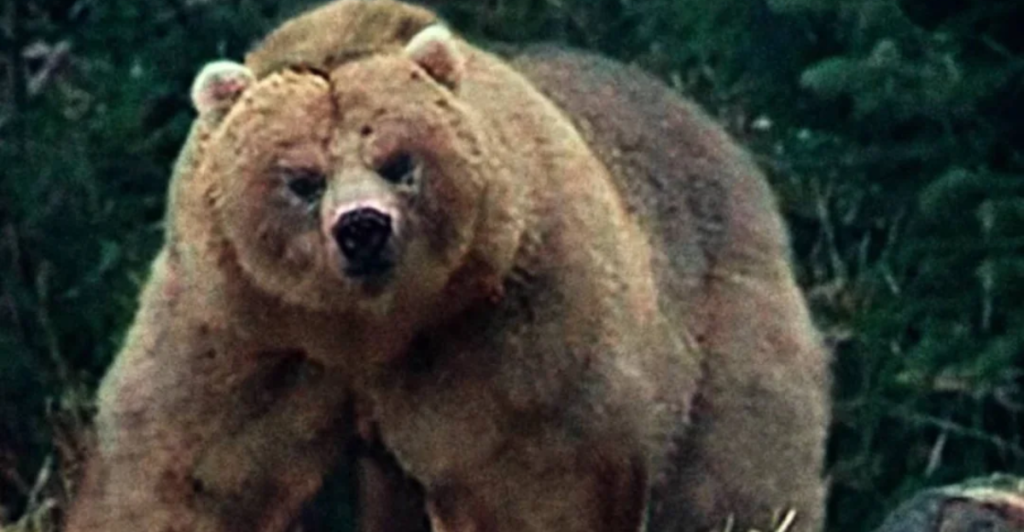
Traditionally, polar bears inhabit sea ice, while grizzlies are terrestrial. However, climate change is causing polar bears to spend more time on land, leading to increased overlap in their territories. This change in habitat is contributing to the rise in grolar bear sightings.
Behavior Patterns
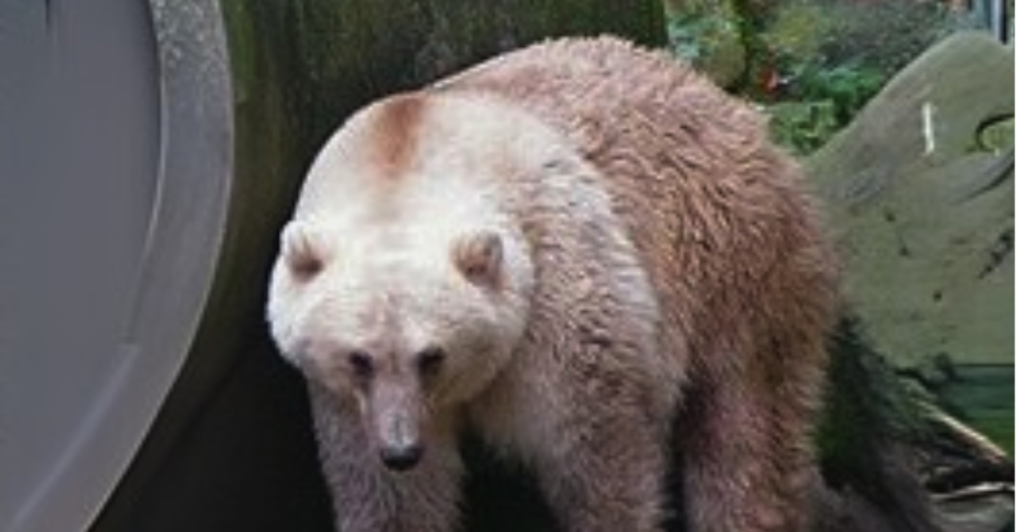
Behaviorally, grolar bears tend to display characteristics more akin to polar bears. They have been observed engaging in behaviors such as stomping on objects and lying down in ways similar to polar bears. These behaviors suggest they may inherit social traits from their polar relatives.
Diet and Hunting
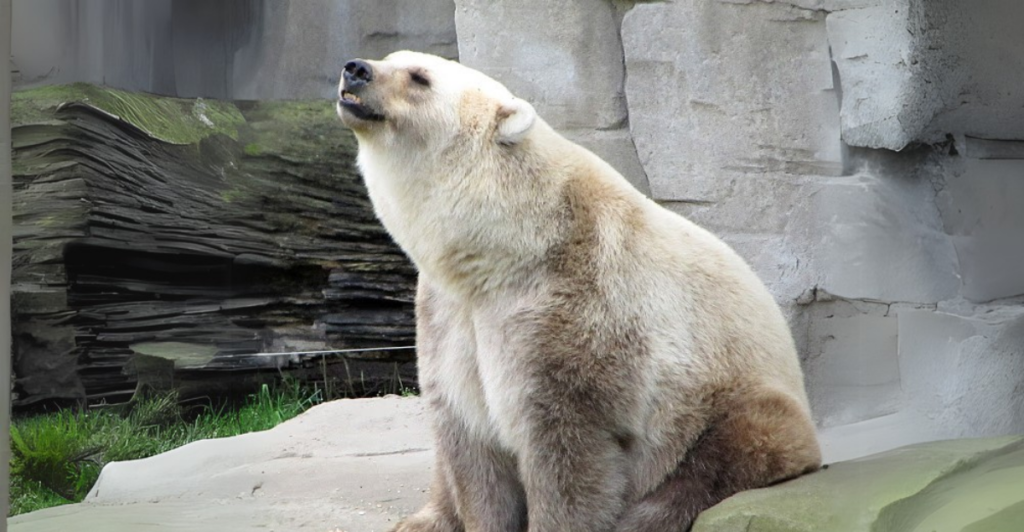
Grolar bears are opportunistic apex predators, capable of hunting large prey. Their diet primarily consists of meat, similar to both parent species. They have strong front legs that enable them to run fast and swim efficiently in cold waters.
Reproductive Traits

Unlike many hybrids, grolar bears can reproduce, indicating a relatively recent evolutionary split between polar and grizzly bears. This ability to breed suggests that they may adapt better than other hybrids typically found in nature.
Climate Change Impact
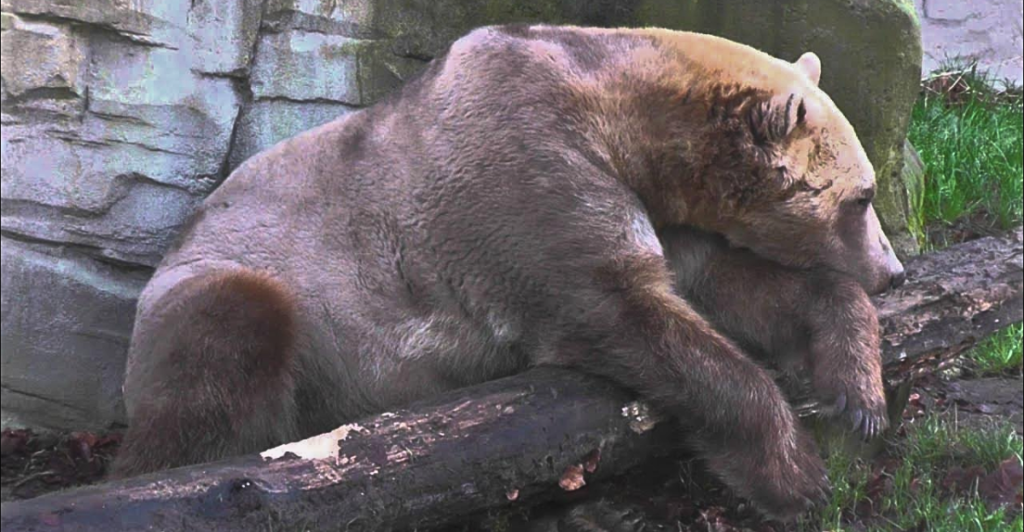
As climate change continues to affect Arctic habitats, the likelihood of hybridization between these two species may increase. Researchers believe that warming temperatures will lead to more encounters between polar and grizzly bears, resulting in more grolar births.
Survival Challenges
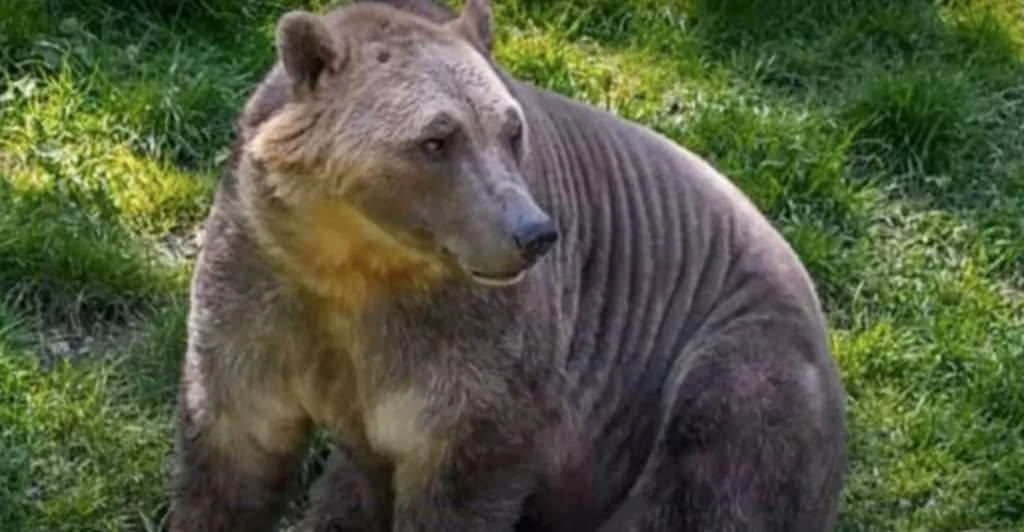
Despite their unique adaptations, grolar bears face survival challenges. They lack some critical adaptations necessary for thriving in harsh Arctic conditions, making them less suited for life compared to either parent species.
Conservation Concerns
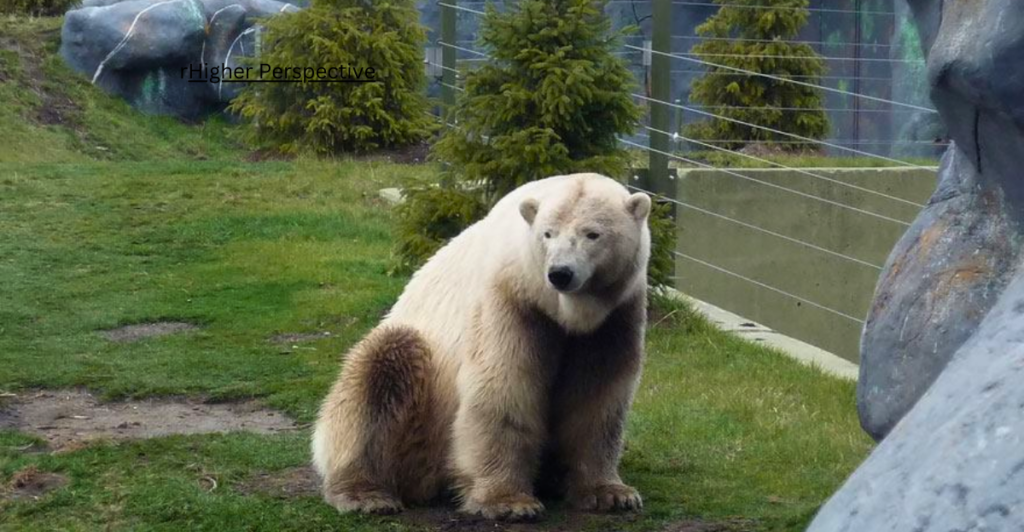
The primary threat to polar bear populations remains the loss of sea ice due to climate change. While grolar bears may be seen as a potential solution for adaptation, they are not well-equipped to handle the changing environment effectively.
Research and Discoveries

Since the first confirmed sighting in 2006, researchers have identified eight grolar bears in total. These discoveries have sparked interest in understanding how climate change impacts wildlife and the potential for hybridization among species.
Future of Grolar Bears
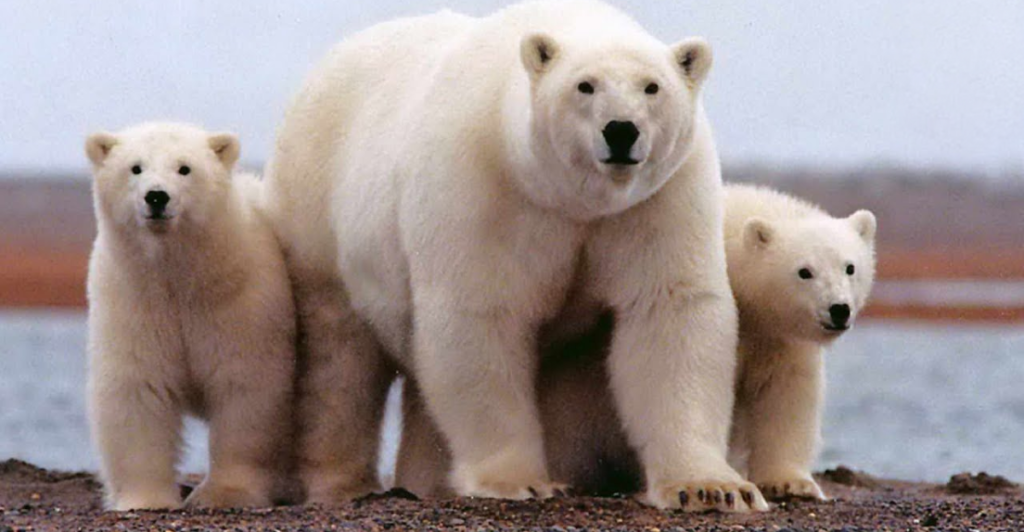
The future of grolar bears remains uncertain as their habitats continue to shift due to climate change. While they may become more common as species overlap increases, their ability to thrive in either environment is questionable.
Discover more of our trending stories and follow us to keep them appearing in your feed

12 Long-Lived Dog Breeds Who Will Be by Your Side for Years
11 Giant Nests Pushing The Limits Of Nature’s Design
Why Grolar Bear Numbers Increase With Climate Change – The Grizzly-Polar Hybrid Is Taking Over
Polar Vortex Approaches—How to Shield Your Home from Extreme Cold
Stay connected with us for more stories like this! Follow us to get the latest updates or hit the Follow button at the top of this article, and let us know what you think by leaving your feedback below. We’d love to hear from you!


